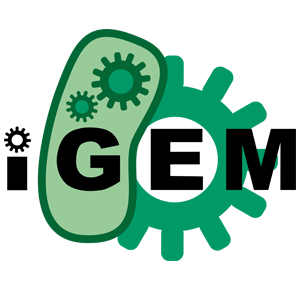Team:UiOslo Norway/Notebook/PartsUsed
From 2014.igem.org
(Difference between revisions)
StianLagstad (Talk | contribs) |
|||
| Line 6: | Line 6: | ||
<div class="container"> | <div class="container"> | ||
<div class="jumbotron text-center"> | <div class="jumbotron text-center"> | ||
| - | <h1>Parts Used</h1> | + | <h1 style="font-family:Syncopate; color: blue;">Parts Used</h1> |
<p>This is a list of the parts we have used and why we have used them.</p> | <p>This is a list of the parts we have used and why we have used them.</p> | ||
</div> | </div> | ||
Revision as of 11:45, 17 October 2014
Parts Used
This is a list of the parts we have used and why we have used them.
- BBa_K228001 - Amber stop tRNA – The iGEM scar contains the stop codon: TAG. This stop codon is also called amber stop. To prevent the stop of translation in the scar of our fusion protein we will express a tRNA coding for the Amber Stop. The gene for the tRNA will be cloned to a constitutive promoter and expressed on another plasmid - compatible to the one we are using to express our fusion protein.
- BBa_J23119 - Constitutive promoter. Will be fused to the amber Stop tRNA to induce its expression.
- BBa_K206000 - pBAD promoter. This promoter is an arabinose induce promoter and we will use it to express our surface proteins. We chose to use a positive regulative promoter. When induced the gene expression will be high.
- BBa_I732006 - Alpha galatosidase subunit with Stop codon. This part will be expressed on the surface of the bacteria and bind to the beta subunit expressed on the surface of a different bacteria. The subunit will be fused to the autotransporter Invfull and express with its C-term outwards from bacteria surface.
- BBa_K844000 - C-term Histidin Tag. To isolate the subunits to show that the are binding and forming an actives enzyme in solution.
- BBa_B0010 - T1 terminator. Ligated to all protein-expressed parts to stop transcription.
- BBa_B0030 - Ribosomal Binding Site. We used this RBS to each protein expressing part. The RBS is the binding place for the ribosomes, that will bind and search for the start codon, ATG.
 "
"

